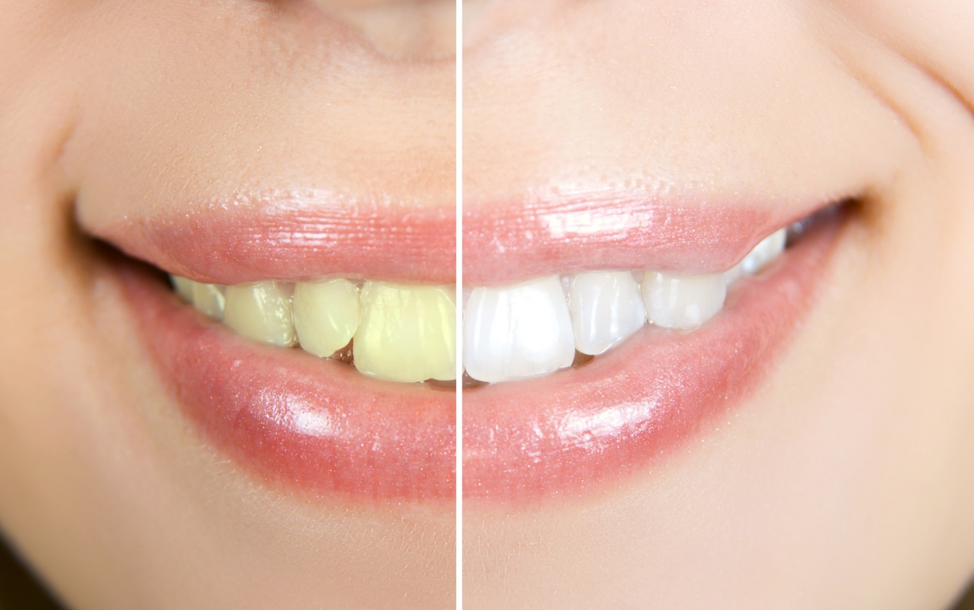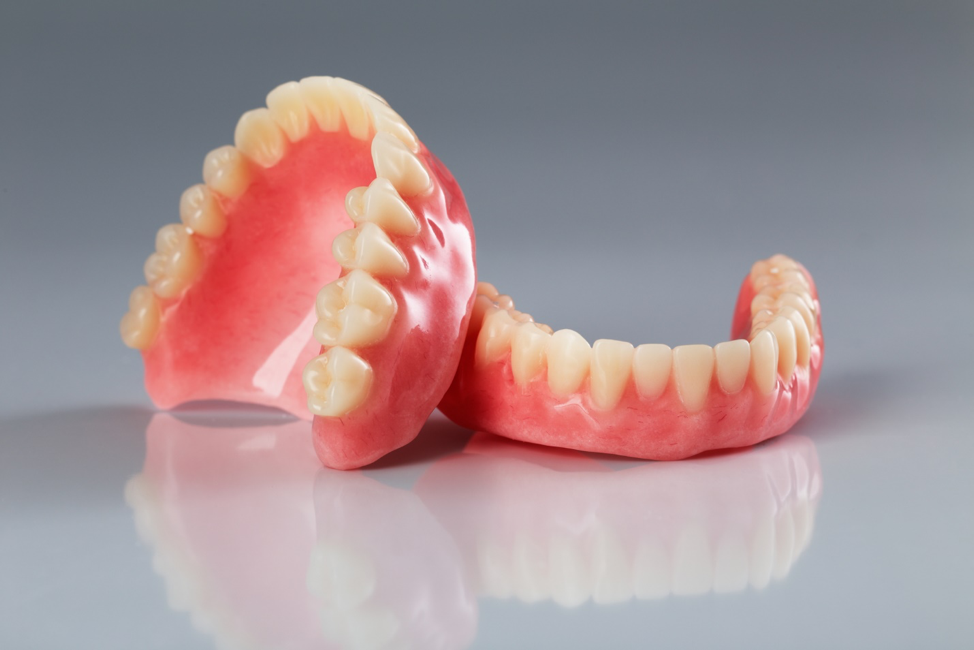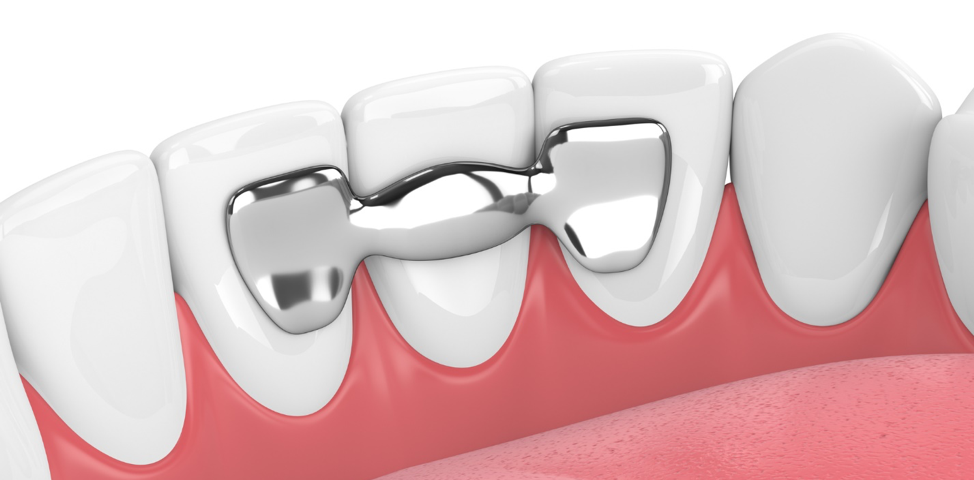
How Our Grant Park Cosmetic Dentist Can Improve Your Smile
July 3, 2020
A Comprehensive Comparison of Dentures and Dental Implants
July 17, 2020When a person is missing one or more teeth, serious consequences are possible. For example, the nearby teeth may begin to shift toward the gap, creating more space between each tooth. The person’s jawbone may also shrink and change their face shape. Thankfully, dentists offer several tooth replacement options so patients can avoid these consequences altogether.
Dental bridges are one of the most popular tooth replacement options available, but not many people know that there are several types of dental bridges to choose from.
Continue reading to learn about the four types of dental bridges so you can make the best decision for restoring your smile.
1. Traditional Dental Bridges
Traditional dental bridges are the most common type of dental bridge because of their strength and durability.
These involve two dental crowns on either side of the gap and one, two, or three prosthetic teeth that are suspended in the gap. The crowns are anchored to the two teeth on either side of the gap to keep the bridge secured.
Both traditional dental bridges and cantilever dental bridges require the dentist to remove a small amount of enamel from the neighboring teeth. Removing the enamel allows the crowns to fit securely on the patient’s natural teeth. Though this does make the bridge stronger, patients may consider Maryland bridges and implant-supported bridges to maintain their natural tooth structures.
2. Cantilever Dental Bridges
This type of dental bridge is made up of only one dental crown and can replace up to three missing teeth. Dentists recommend a cantilever dental bridge for three reasons:
- There’s already a crown on the other neighboring tooth
- Two crowns wouldn’t be aesthetically pleasing
- There is only one tooth on either side of the gap
Though this option is sometimes necessary or preferred, it isn’t as strong as a traditional dental bridge.
3. Maryland Dental Bridges
Instead of dental crowns, Maryland dental bridges have wings on either side of the prosthetic teeth. It is the weakest type of dental bridge, but patients often choose this option because the process of placing the bridge takes less time, is less invasive, and less painful than the other types of bridges.
4. Implant-Supported Dental Bridges
Many dentists recommend and prefer implant-supported dental bridges over all other choices. Mainly because they are the most supportive and longest-lasting dental bridge option.
We mentioned earlier that tooth loss changes a person’s face shape. This is due to jawbone deterioration which occurs when there is no tooth root to support regeneration of the bone.
Unlike the other options, implant-supported dental bridges utilize dental implants instead of crowns. The implants are inserted into the jawbone through the gums and cause the jawbone to regrow. This type of dental bridge will likely last more than 25 years.
Dental Bridges in Grant Park
Wondering which dental bridge option is the best for your smile? Our Grant Park dentist, Dr. Abbey J. Lee has the skill and experience to help you make the best decision!
Dr. Lee will consider your oral health, budget, and smile goals when recommending a dental bridge option. Once the choice has been made, she will work with you and a dental lab specialist to create a prosthetic that looks and feels natural in your mouth.
Call our office today at 404-328-7177 to schedule your initial consultation.


